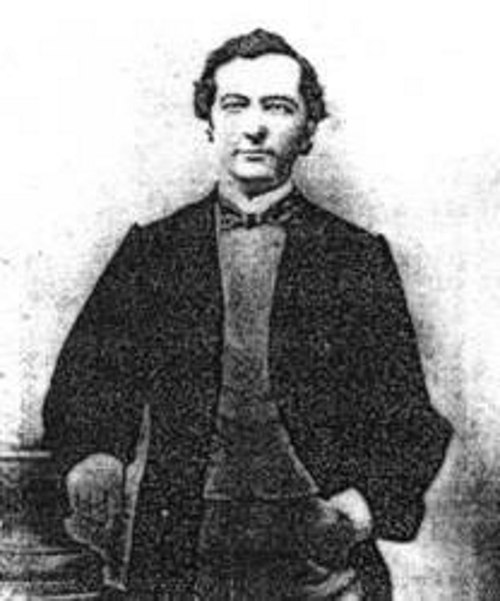


Northup and Patsey were owned by Edwin Epps, whom Northup described as a “large, portly, heavy-bodied man with light hair, high cheek bones, and a Roman nose of extraordinary dimensions,” who stood six feet high with blue eyes and a light complexion. She was the “queen of the field,” Northup wrote-a line repeated several times in the film. The figure at the emotional center of the film is a slave named Patsey, whom Northup described as a “slim and straight” twenty-three-year-old dark-skinned woman who “glories in the fact that she is the offspring of a ‘Guinea nigger,’ brought over to Cuba in a slave ship.” Patsey had “an air of loftiness in her movement,” he wrote, “that neither labor, nor weariness, nor punishment could destroy.” Were she not bound in servitude she “would have been chief among ten thousand of her people,” he mused, but “her intellect in utter and everlasting darkness.” In the fields, Patsey could pick far more cotton than her fellow laborers-upwards of five hundred pounds in a day. Courtesy of Documenting the American South. Solomon Northup, from the frontispiece of his memoir. In 1853 he published a memoir of his ordeal, which is the basis for the movie. After twelve long, torturous years in Louisiana, Northup was able to secure his freedom and return to his family.
#Slave owner edwin epps free
Much to their credit, the filmmakers did an admirable job of capturing the life and experiences of Solomon Northup, a free black man from upstate New York who was kidnapped and sold into slavery in 1841. Forum: The Future of Civil War Era Studiesġ2 Years a Slave is one of the greatest movies about American history.Reconstruction in Public History and Memory at the Sesquicentennial: A Roundtable Discussion.Maintaining a Radical Vision of African Americans in the Age of Freedom.In a Class by Itself: Slavery and the Emergence of Capitalist Social Relations during Reconstruction.Birthright Citizenship and Reconstruction’s Unfinished Revolution.The Civil War and State-Building: A Reconsideration.Forum: The Future of Reconstruction Studies.


 0 kommentar(er)
0 kommentar(er)
